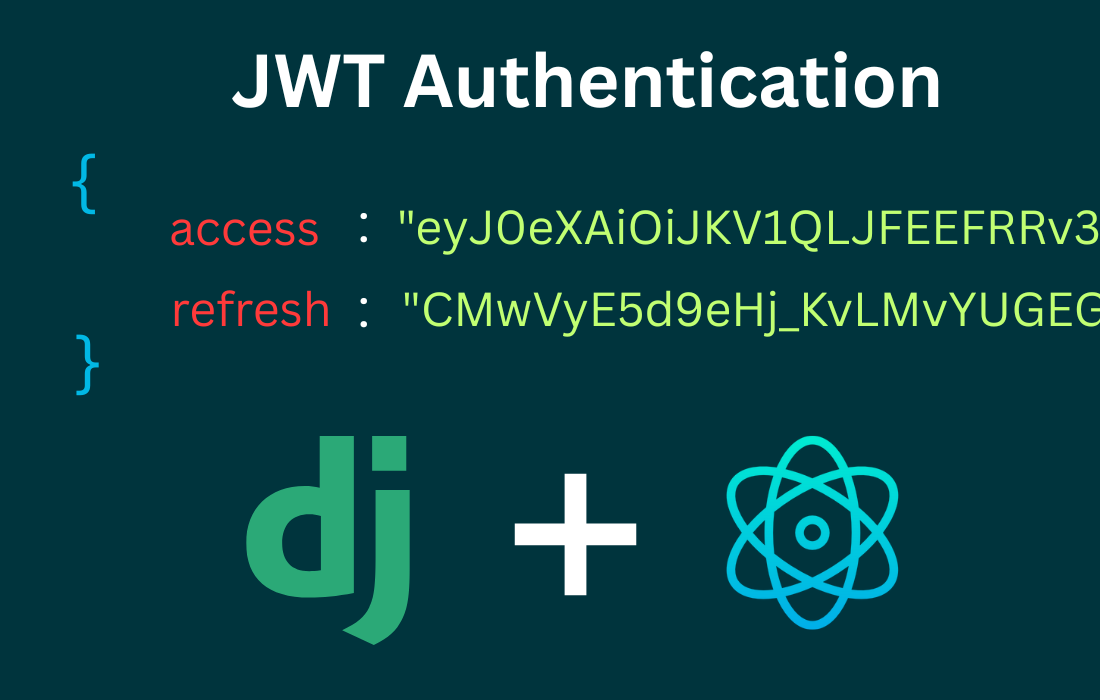
The DRF Essential Handbook is a concentrated reference for developers who want a reliable recall tool when working with REST APIs, consolidating DRF concepts, real-world examples, ES6+ integration, and secure API practices. The handbook is divided into 4 phases, and they are as follows:
Phase 1 introduces the foundation of every DRF project: Serializers, ModelSerializers, Function-Based Views, Class-Based Views, Mixins, Generics, and ViewSets. These components define how models and querysets become JSON responses and how requests are routed. Mastering this phase gives you the essential tools to create clean, maintainable API endpoints.
Phase 2 introduces real-world relational modeling using One-to-Many (1:M) and Many-to-Many (M:M) relationships. Here, Serializer Method Fields allow you to add computed or formatted data to API responses. This phase teaches how to structure serializers so they reflect realistic business logic and data flows, bridging the gap between database design and API delivery.
Phase 3 introduces important ES6+ concepts that are crucial for frontend integration with DRF APIs. This includes async/await, fetch/axios usage patterns, arrow functions, destructuring, spread/rest operators, promises, modules, and modern array utilities (map, reduce, filter). These concepts ensure that your frontend can reliably consume and manipulate API data.
Phase 4 introduces advanced integration and security techniques, building on Phase 3. This phase covers key manipulation (transforming and filtering payloads), Protected Views (permissions, authentication, JWT flows), creating a reusable Axios instance, implementing Request/Response Interceptors for token refresh and global error handling, and managing Private/Public Routes on the client mapped to protected/unprotected endpoints on the server.
The DRF Essential Handbook is not a tutorial; it’s a precision-built recall tool that helps developers quickly revisit DRF concepts and confidently build robust, scalable, and secure REST APIs.